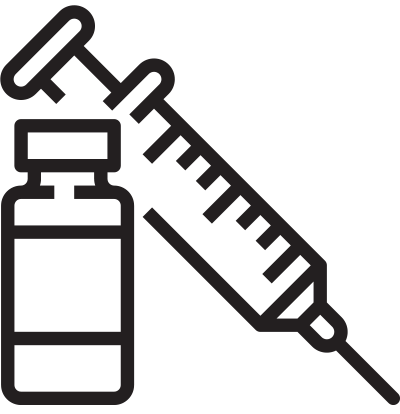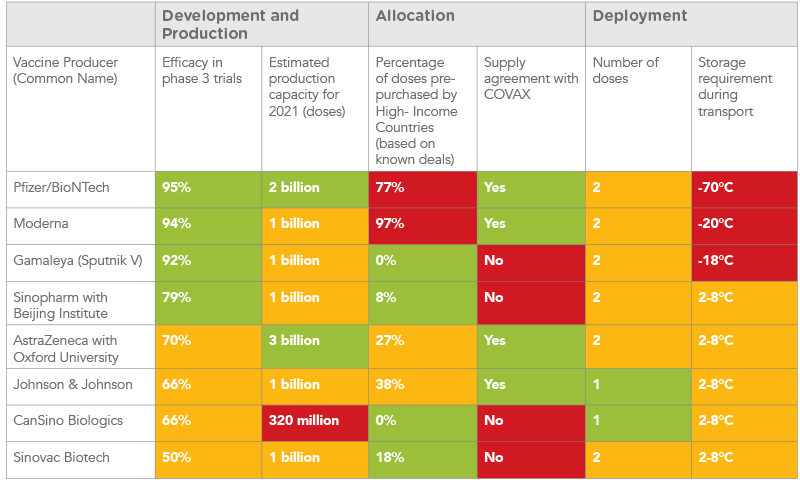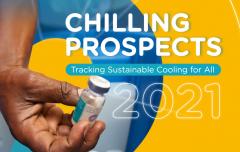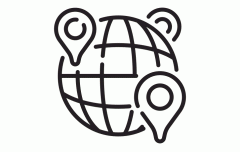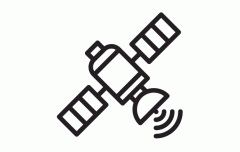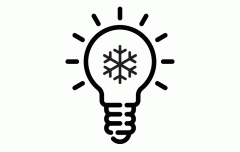Impact of COVID-19 on access to cooling globally
|
According to the World Bank, between 119 and 124 million people were driven into extreme poverty as a result of the pandemic alone, with this group described as the “new poor.” The economic impacts have been most significantly felt by women, particularly those in developing countries where 70 percent of the female workforce is in the informal sector. [1] |
In 2020, the COVID-19 pandemic and the measures to limit its spread had widespread impacts on global health, economies, social security and well-being, threatening the progress on many areas of the Sustainable Development Goals (SDGs). Social impacts have also been evident. Since stay-at-home measures were implemented, domestic violence against women has intensified evidenced by the increased reports of domestic violence around the world. [2] Approximately 1.5 billion students have faced some type of school closure, [3] and 370 million children globally, many of whom are reliant on school meals as a main source of their daily nutrition, have on average missed around 40 percent of these meals. [4] Routine vaccinations are one health service that has suffered. As of October 2020, 94 million children in 26 countries had missed out on a measles vaccine. [5]
With a series of COVID-19 vaccine approvals beginning in late 2020 and recognition that, with time, these vaccines can be adapted for virus mutations, there is consensus among public health experts globally that vaccination for a large portion of the population is necessary to reduce hospitalizations and excessive mortality. Achieving global herd immunity however is estimated to require vaccinating at least 60–70 percent of the population against COVID-19 effectively and equitably, posing a massive distribution challenge.
COVID-19 vaccines are characterized by a range of factors that affect their potential role in achieving global herd immunity. In addition to regulatory approval, this includes their efficacy and risks across age, gender, race and ethnicity demographics, production capacity in 2021, price, dose quantity and cold chain requirements. Each of these factors plays a role in their suitability to support herd immunity in different geographic locations.
Table 3.1: Key characteristics of leading vaccines with traffic-light system signalling potential for achieving global herd immunity (Adapted from the Lancet [6])
Following the first regulatory approvals of the Pfizer and Moderna vaccines, requiring storage at -70°C and -20°C respectively, cold storage requirements quickly became one major concern for all countries seeking to utilize these products given that most routine immunization vaccines require temperatures between 2 and 8°C at all stages in the distribution cold chain. Almost simultaneously there was public recognition that the first vaccines requiring sub-zero storage temperatures meant they were inaccessible for certain countries and regions that lack extensive cold-chain infrastructure, raising concerns about equitable access.
For example, Dr. Gagandeep Kang, Professor of Microbiology at Christian Medical College, Vellore, said that with its cold storage requirement at -70°C to -80°C, the Pfizer vaccine is “very unlikely to be a solution for India.” [7] Among other factors, it would require the procurement of significant volumes of sub-zero cold storage at a high cost. Cold boxes equipped to perform at -80°C typically cost between USD 10,000 and USD 20,000 USD, a prohibitive price for the scale needed to achieve herd immunity, and most developing countries outside those that vaccinated against Ebola would have few of these types of cold boxes already. [8]

